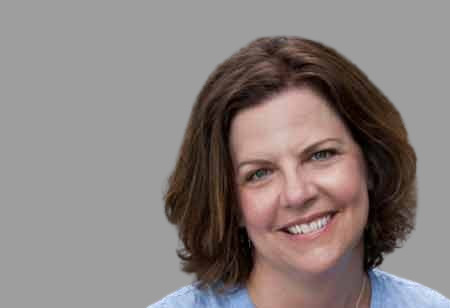Thank you for Subscribing to Healthcare Business Review Weekly Brief

Care Management Improves Care across the Continuum
Healthcare Business Review
Like many health systems across our nation, Catholic Health in Buffalo, N.Y., is caring for increasingly complex patients with end-stage disease, multiple comorbidities, unique needs related to Social Determinants of Health (SDOH), and, at times, limited community engagement or support. Implementing safe, efficient, and effective care plans, from acute care to transitions back to the community, is critically important and increasingly challenging.
Care Management plays a key role in safe discharge planning and care coordination across the healthcare continuum. Beginning on day one of admission, RN Care Managers use their clinical skills to identify risks and co-develop care plans to reduce the time patients wait in the hospital for tests, results, and discharge planning.
Below are a few evidence-based practices we use to continuously drive quality, patient safety and patient experience.
Team Approach: Our Care Management program utilizes an RN and Social Work team assigned to a specific area in the hospital. Care Managers develop patient-centered care plans in collaboration with patients, their families, and the care team. Upon admission, Care Managers complete an evidence-based assessment to identify care coordination needs to prepare for discharge. Communication models such as motivational interviewing and shared decision making are used when working with patients and families.
Interdisciplinary Collaboration: Care Management participates in daily, standardized, interdisciplinary huddles to report on patient care pathway progress and next steps. For each patient, we report on estimated date of discharge, milestones that need to be met for discharge readiness, social factors impacting the care plan, and more. Providers expect the Care Management team to come to each huddle ready to discuss the most up-to-date information after having already rounded on patients.
Individual Case Reviews: Medical providers, ancillary disciplines, community facilities, payer’s, and CBOs collaborate virtually to discuss patient care specifics and problem solve to ensure a safe transition from the acute setting to the community.
Warm Hand-Off: Using a hand-off template adopted from the American Nurses Association, RN Care Managers contact primary care practice RN coordinators to report the patient has been discharged, discuss risks for transition, and ensure the practice has a follow-up appointment scheduled for the patient. The LACE+ risk tool, which includes medical and SDOH risks, is used for these discussions.
Quality: Care Management has implemented over 30 standardized workflows to build a highly-reliable discharge planning process. We perform over 150 chart audits each month to ensure our teams are consistently implementing standard practices and identifying opportunities for further education. One-on-one, group, and online education is offered. We create a culture openness, where associates are encouraged to use process improvement techniques such as “The 5 Whys,” PDSA, and SBAR. Professional development is also encouraged, with many of our Care Managers achieving certification.
At a time when hospital staffing is extremely challenging, having experienced Care Managers working to implement safe care plans is essential, and will help improve care across the continuum
Staff Satisfaction: Care Management leadership rounds on associate’s daily, providing hands-on support, as needed. Regular town hall meetings with executive leadership help to elicit feedback from the Care Managing teams and identify opportunities for improvement. The leadership team regularly participates in Structured Interdisciplinary Rounds (SIDR), capacity management meetings, complex care committees, and other important site/system workgroups.
By implementing standard processes, workflow variability is reduced so the Care Management team can focus on each patient’s individual care plan. Although great strides have been made to improve continuity of care and reduce silos across Catholic Health, community providers, and payer’s, it is essential to continually work together to identify ways to improve collaboration, systems-thinking, and patient experience.
Investing time and resources into your Care Management team will improve patient outcomes. At a time when hospital staffing is extremely challenging, having experienced Care Managers working to implement safe care plans is essential, and will help improve care across the continuum.









